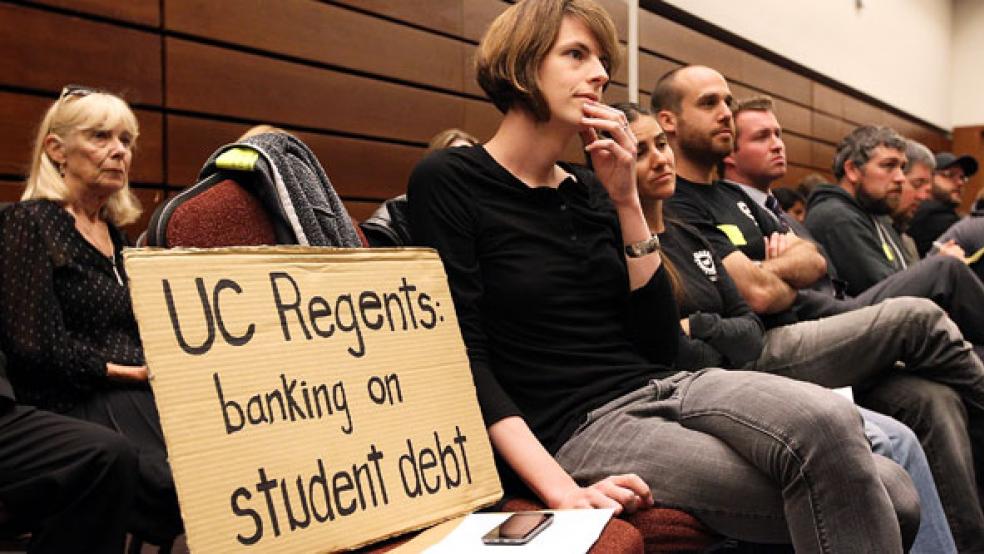Many Americans struggling to cope with crushing student debt could get relief from the government’s debt repayment programs – but they either don’t know about them or aren’t aware they qualify.
In an effort to change that, the Department of Education is reaching out directly to borrowers who could benefit from the programs, according to a report on Wednesday in The New York Times.
“We think there are lots of people who could benefit from our income-based repayment programs but haven’t signed up, and we want to get to them before they default,” Education Secretary Arne Duncan told The Times. “The challenge is getting the word out.”
RELATED: BANKRUPT AT 21: TRAPPED IN A WEB OF STUDENT LOANS
Borrowers with federal loans can apply for the repayment programs by calling their loan servicer to request a switch.
Here’s how the options work:
- Graduated repayment: Progressively increases the monthly payment over 10 years
- Extended repayment: Stretches the loan over a 25-year period
- Income-based repayment: Caps payments at 15 percent of your income for 25 years
- Pay-As-You-Earn: Caps monthly payments at 10 percent of your monthly income for up to 20 years. (This option is only available for those who can prove financial hardship and who took out loans after October 1, 2011.)
For all of these options, the loan balance is forgiven at the end of program – but since the monthly payments are lower, the total interest paid is higher, making these loans more expensive in the long run. (One exception: Graduates who work in public service jobs can get their loans forgiven in just 10 years.)
Still, participation in the programs has been underwhelming, with about 1.6 million current enrollees. Last year, about 600,000 people defaulted on their student loans, many of whom might have been able to stay current if they had used a repayment program, according to The Times.






